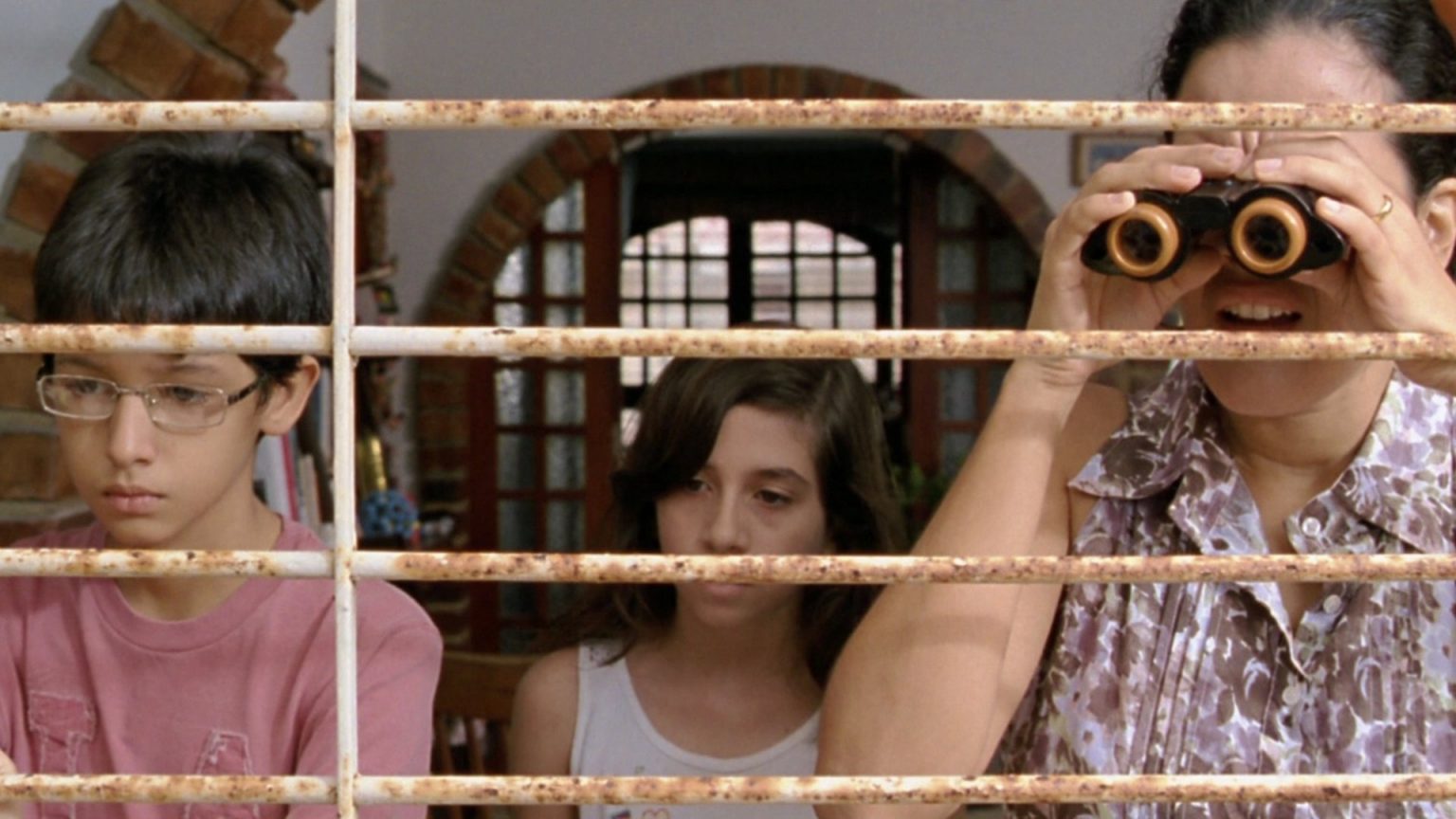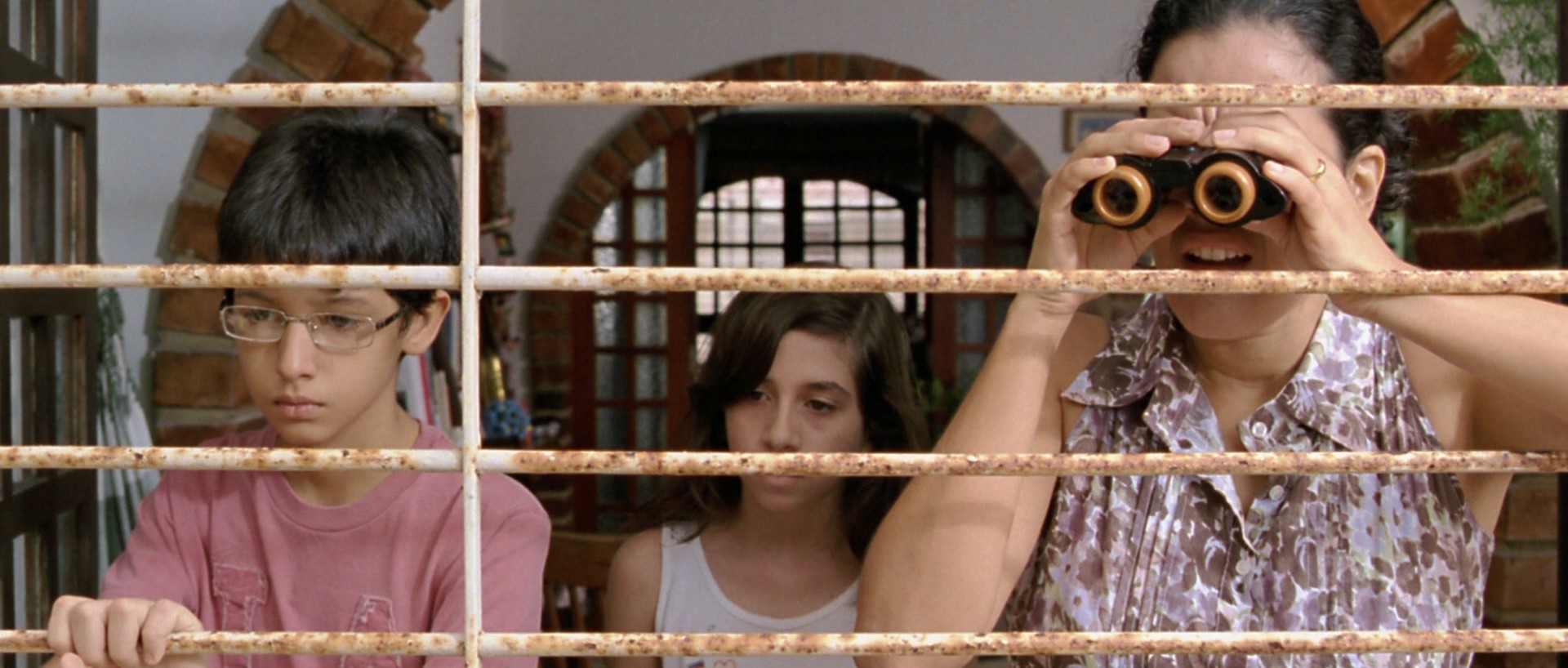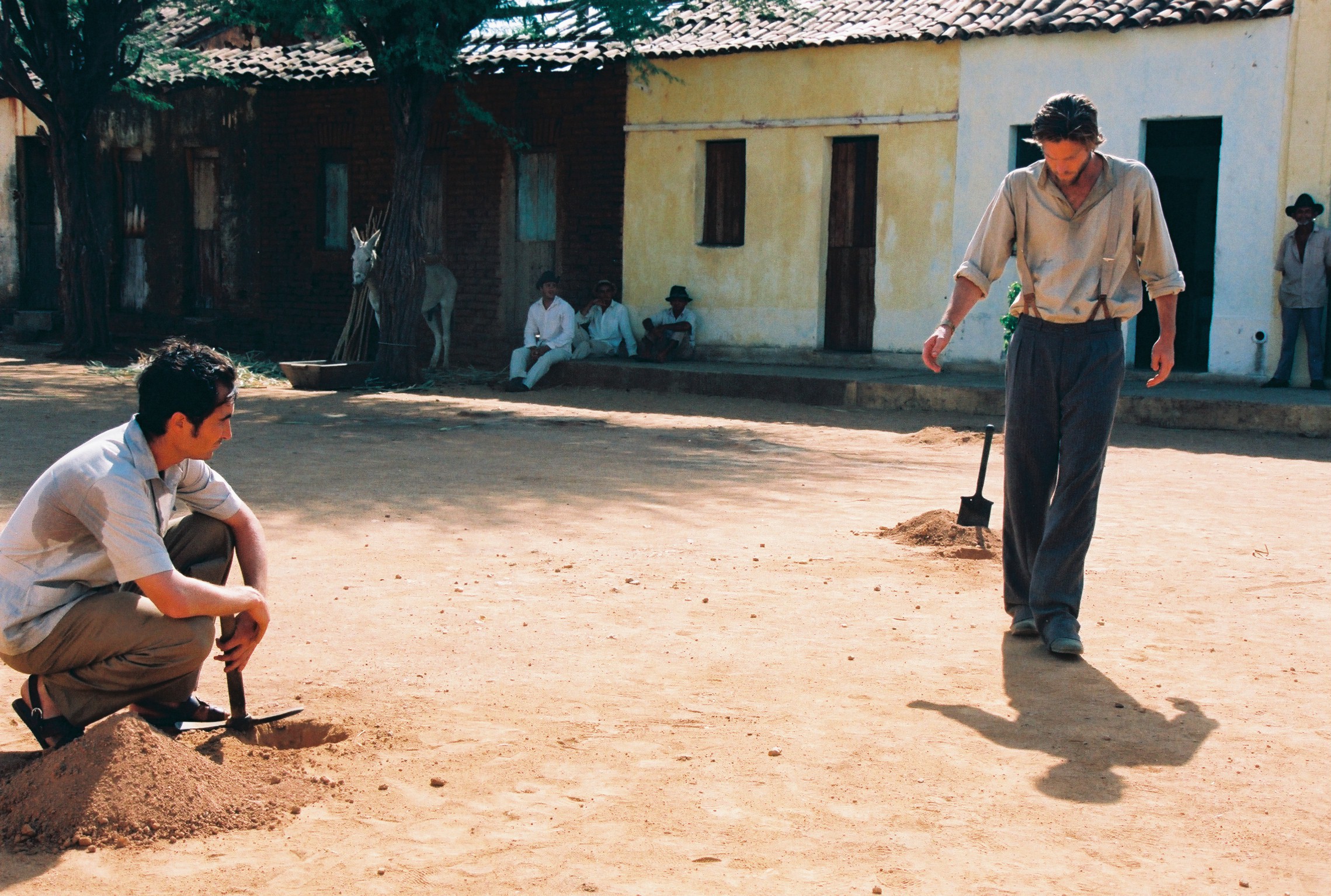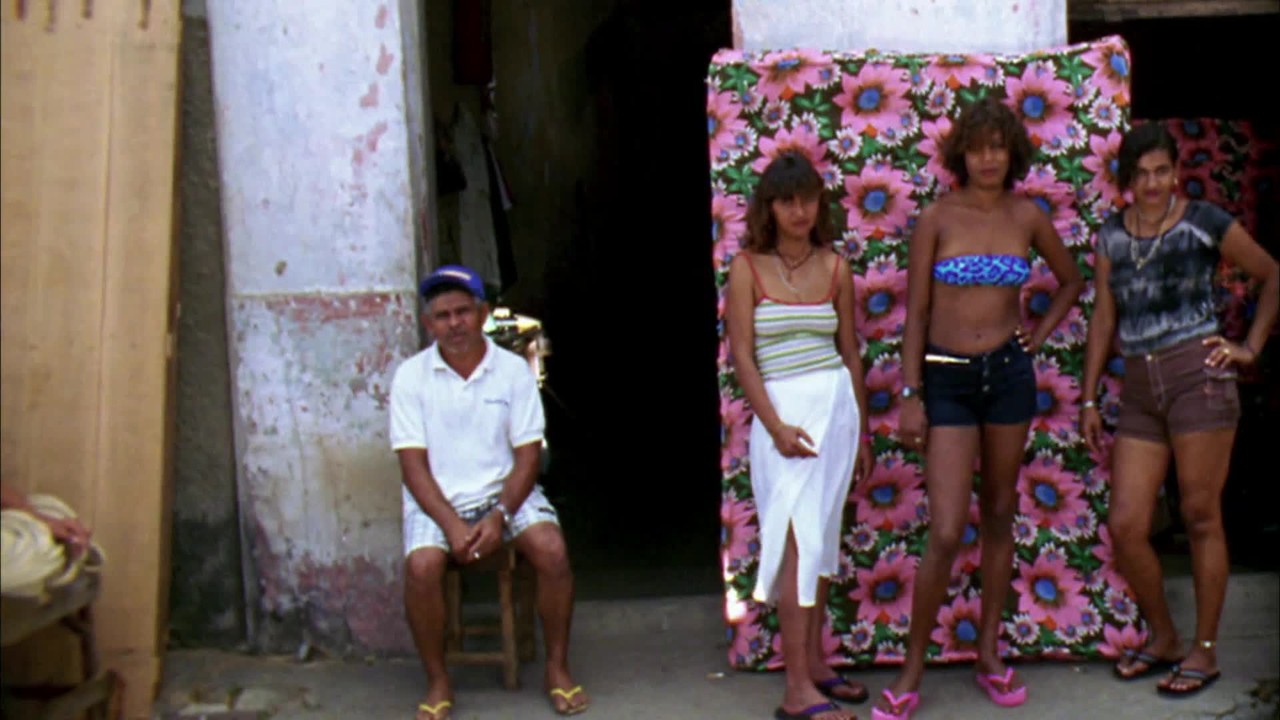Editor’s note: This list appears as part of our ongoing Hotspots series putting a geographic focus on film this fall. For a story on a just-released Brazilian title that’s part of a new series of Brazilian films screening both theatrically and streaming to Fandor viewers, see ‘Beyond the Bleeding Lede.’
When Cineclube Jurando Vingar (literally, “Vowing Revenge”) began screening films in a Recife cultural center in 1989, they drew on a tradition dating back to the silent era that had fed the flowering of a French national cinema—the artful and appealing films of René Clair and Marcel L’Herbier and the Surrealist work of Germaine Dulac and Luis Buñuel and, years later, the groundbreaking films of the French New Wave. When these Recife cineastes began making their own movies, they also harked back to Brazilian traditions, when regional mini-industries, called “cycles,” thrived in the silent era, and, then in the 1960s, when the Cinema Novo movement agitated for a distinct national cinema. An expansive scrubland interior rimmed by a palm-dotted coast of urban refuges and paradisiacal beaches Brazil’s northeast has always been mined for its cinematic potential, from 1953’s O Cangaceiro and Glauber Rocha’s 1969 Antonio das Mortes, both drawing on legends of the sertão, to Suzana Amaral’s Hour of the Star (1985) about a hapless northeastern in the big city and Walter Salles’s Central Station (1998), which moves from crowded, vertical Rio to the wide open spaces of the northeast. Now, a next generation Recife cycle flourishes, continuing to excavate this same rich cultural vein.
Cinema, Aspirins and Vultures (2006)
Jurando Vingar cofounder Marcelo Gomes set this road movie during World War II in Brazil’s parched scrubland, which spawned legends and iconic landscapes like the American Wild West. Beautifully shot in sun-bleached tones, the film takes place largely inside a small truck outfitted with an itinerant cinema driven by a good-natured German pacifist. He picks up a local looking to scrape together enough money to escape and together they show travelogue films in town squares. As news from the war crackles over the radio, the Brazilian grouses about feeling remote from the world—“Not even bombs reach here,” he says—while the German is relieved to have left it behind. The monotony of the drive, and the view, is broken by riders who emerge from the seemingly same nowhere they disappear into and the stopovers in towns still run like serfdoms reveal a way of life still in need of a local hero.
I Travel Because I Have to, I Come Back Because I Love You (2009)
Frequent collaborators Karim Aïnouz (Madame Satã, 2002) and Marcelo Gomes codirect this philosophical road movie about a homesick geologist surveying the northeastern backlands for a major public works project. Documentary footage of his trip unfolds as an interior monologue, from the cataloguing of rock densities to his deep loneliness, spins a hermetic cocoon. “It looks like rain,” he notes, as we see another cloud-laden sky through his windshield, “then it never rains.” Eventually, the seal breaks and the sertão and its inhabitants become more than mere data. He interviews a sex worker at a local market and, later, a leather worker, the metaphorical descendant of Brazil’s Jesse James, a cangaceiro named Lampião who defied the coronels, roaming the sertão and collecting legends. A former leather worker himself, Lampião designed the iconic cangaço headgear, with its wide, turned-up brim decorated with silver stars, which remains a symbol of defiance.
Neighboring Sounds (2012)
Film critic turned filmmaker Kleber Mendonça Filho also heads the eight-year-old film festival Janela de Cinema based in that same cultural center in Recife and his first fiction feature is set on the very street where he lives. A taut web of interlocking stories, Neighboring Sounds explores the tensions among people piled on top each other in high rises and squeezed alongside each other in tight patterns. We never know how the suspenseful scenarios will resolve: harmlessly, humorously, or in violence. When a security guard with a bum eye is asked about his suitability for the job, he calls up Lampião, whose own right eye was permanently blinded, to his defense: “[He] still managed to bring down a lot of people.” Even on these modern city streets the sertão is never far behind and the tensions that mount lead to a familiar standoff, between the omnipotent coronel and the avenging outlaw.
Shari Kizirian is a freelance writer and editor based in Rio de Janeiro. She also coedits the program book of the San Francisco Silent Film Festival.








